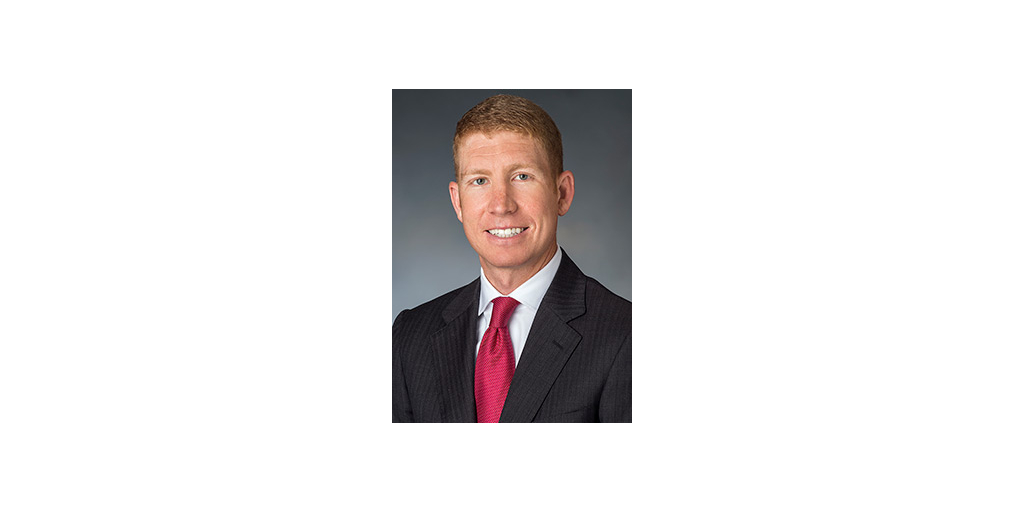Donald Trump and his advisers are mapping out an economic agenda with harsher trade policies and deeper tax cuts if he returns to the White House, stirring anxiety within the US business community of potential retaliatory measures.
Hashed out over phone calls and intimate dinners at his Bedminster, New Jersey golf club, the ex-president intends to center his economic plans on extending and deepening the Republican tax cuts from 2017, rolling back regulations put forth by President Joe Biden and enacting additional tariffs, according to three people familiar with the discussion.
If a country like India or Brazil had higher tariffs on American goods, Trump would slap an equally harsh levy back on that country — in a move he refers to as “reciprocity.”
The measures are tenets of Trump’s first-term trade doctrine, defined by the confrontation he stoked with China through a tit-for-tat series of tariffs. His successor, Biden, has kept up the pressure imposed on the world’s second-largest economy with additional measures targeting sensitive technology even as China grapples with economic shocks, including a real estate crisis.
Still, Trump’s nascent second-term proposals are causing angst among many economists and the business community that largely views retaliatory or higher tariffs as a form of taxation on American consumers and businesses. Jacking up tariffs could spur inflation, hurt US manufacturing and prompt other countries to increase their tariffs as well, according to John Murphy, senior vice president for international affairs at the US Chamber of Commerce.
“The retaliation would be massive. Other countries would not take this lying down,” Murphy said. “US exports are on the order of $3 trillion. There would be pain in every congressional district.”
Trump argued in a recent letter to the Wall Street Journal that criticisms like Murphy’s are “debunked talking points from corporate-funded studies about our tariffs’ alleged impact.”
Advisers say this is a continuation of Trump’s desire to negotiate at every turn, especially on goods and services entering the US.
“As a businessman, he understands that we are the biggest customer. Therefore, we have the most leverage if we are willing to use it,” said Trump ally and former House Speaker Newt Gingrich, who attended a recent dinner with the former president.
Along with Gingrich, Trump informally discussed his ideas with former White House National Economic Council director Larry Kudlow, economic adviser and Heritage Foundation fellow Stephen Moore and the former head of Domestic Policy Council, Brooke Rollins, who organized the dinner.
Rollins heads the America First Policy Institute and the group’s chief economist, Michael Faulkender, also attended, along with top Trump campaign aides Susie Wiles, Jason Miller and Steven Cheung.
One Trump campaign official said the former president has not settled on anything definitive regarding economic policy and intends to roll out more details this fall, as the campaign pivots to a general election message against Biden.
Trump may use any revenues from additional tariffs as a way to extend 2017 tax reductions like the immediate expensing of machinery and equipment and other cuts set to expire in the coming years.
Moore, an informal economic adviser to Trump, said the former president would expand the economic policies from his first term, from lower tax rates to increasing energy production, arguing that they worked.
Trump and his dinner guests did not discuss any specific numbers for potential tax cuts, or targets for tariffs. During an earlier interview with Kudlow on Fox Business, Trump threw around the idea of 10% tariffs — a figure that generated a swift and strong reaction from US companies and policy experts.
“It would further push the US in a very different direction from the way the rest of the world is working,” said Chad P. Bown, a senior fellow at the Peterson Institute for International Economics. In the first Trump term “trading partners retaliated but in a mild way, one for one, but it did not cause the full trading system to unravel. But a second bite of the apple would probably be much more detrimental, especially for our relationships with countries we get a long with.”
Already, Murphy said, companies are in touch with Trump’s team, yet the business communities’ lobbying did little to influence Trump from 2016 to 2020.
In 2016, Trump broke from Republican economic orthodoxy and zeroed in on an agenda to renegotiate the US-Mexico trading relationship and impose more tariffs on Chinese imports. This helped him win over White working class voters, who said they had been left behind by the hollowing out of American manufacturing in key swing states like Wisconsin, Pennsylvania and Michigan.
While Trump promised to abandon the North American Free Trade Agreement with Canada and Mexico, the US-Mexico-Canada-Agreement that replaced it was more rebrand than overhaul.
The American business community is not pleased that Biden continued Trump’s stance toward Beijing but worries Trump will only double down and increase these policies toward a range of other countries if he returns to the Oval Office, potentially sparking a trade war.
Apart from the policies themselves, the Trump team hopes to use its economic agenda to draw a sharp contrast with Biden who oversaw historically high levels of inflation during his first two years in office. Inflation has started to drop steeply and the unemployment rate remains at historic low levels — but Republicans continue to see the economy as a weak point for Democrats heading into 2024.
“The real way that Trump wins, he needs to basically keep asking the American people are you better off today than you were four years ago,” Moore said. “That’s exactly what Reagan asked when he beat Carter.”
Share This:




